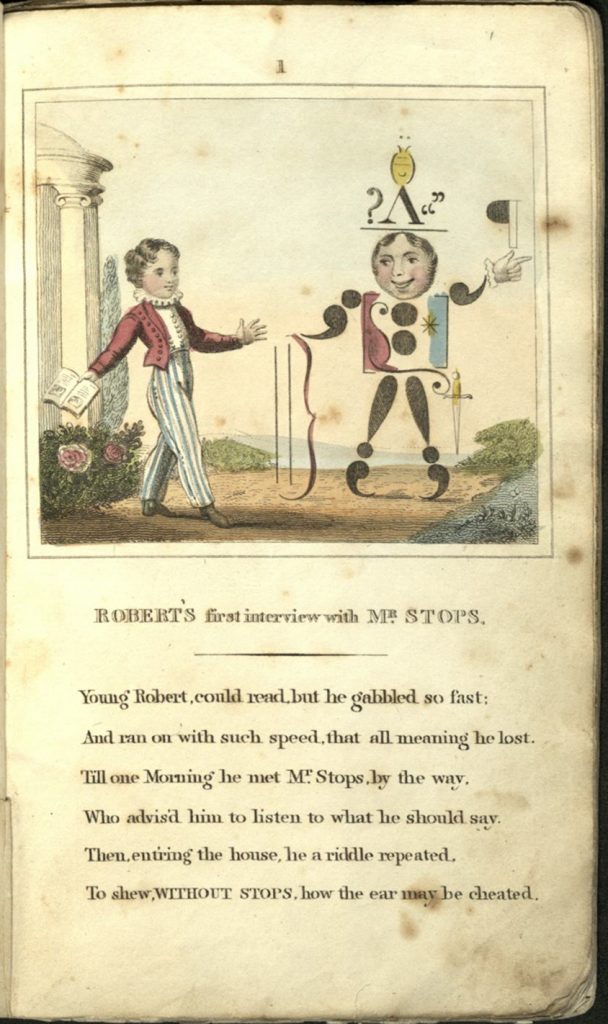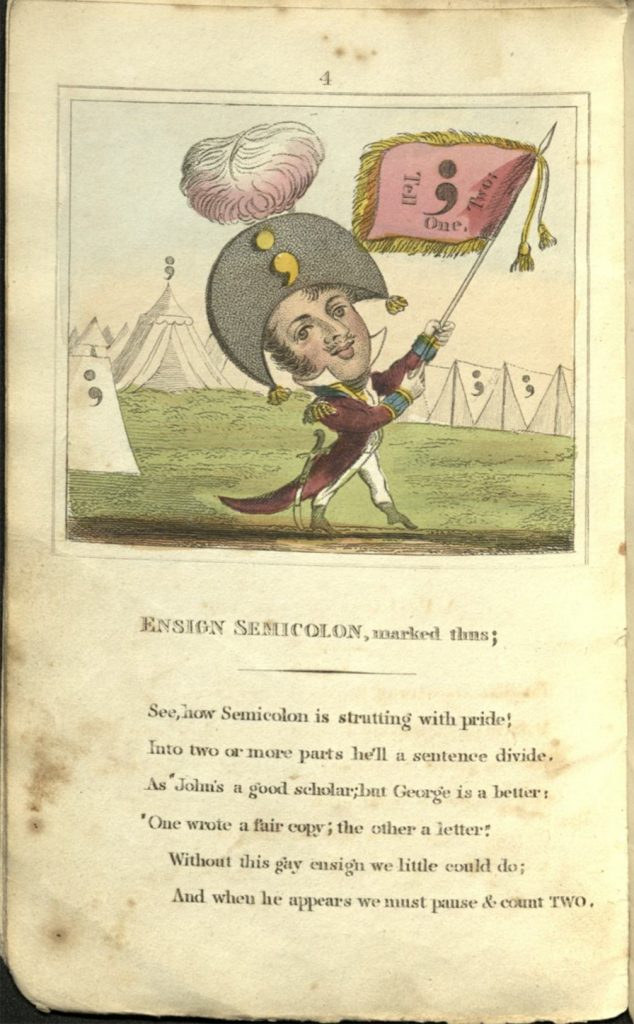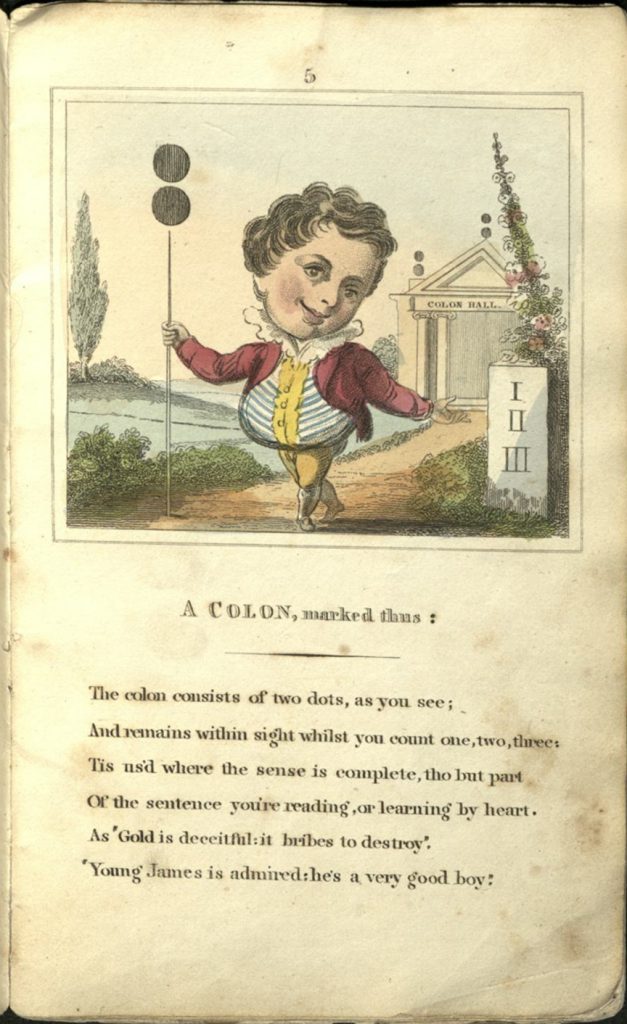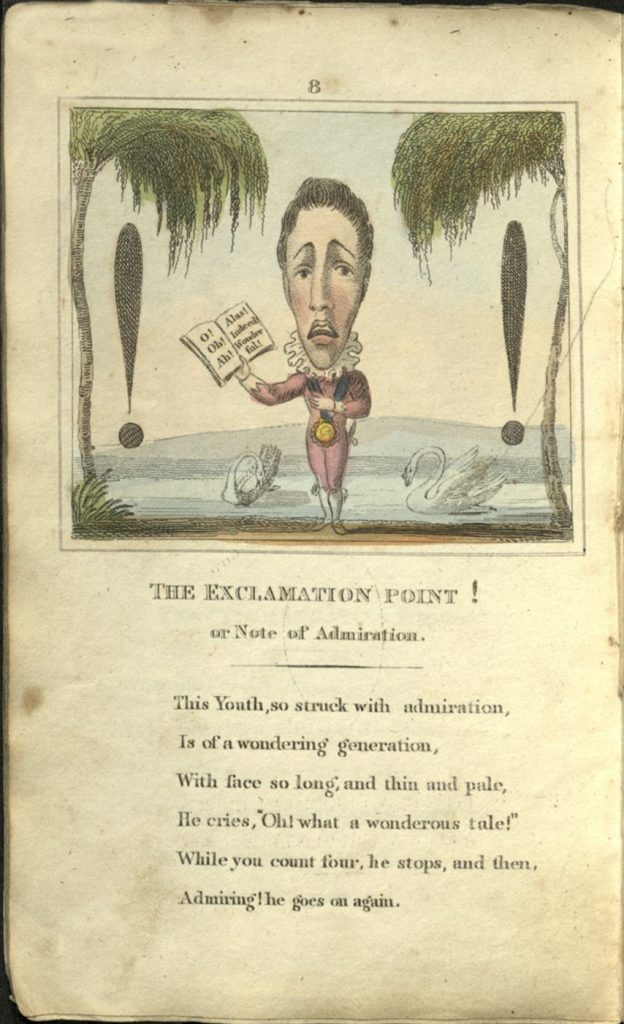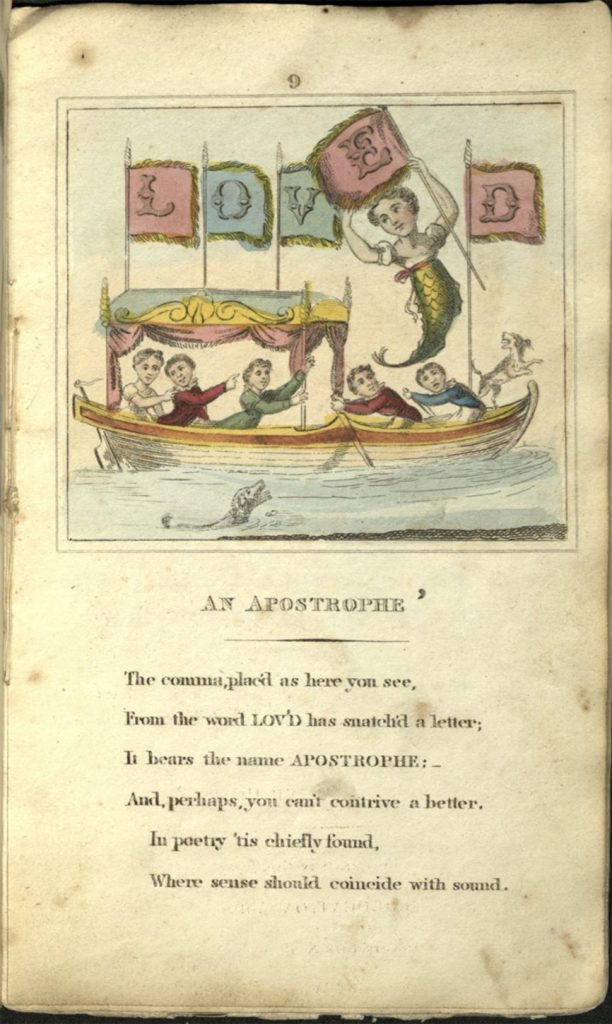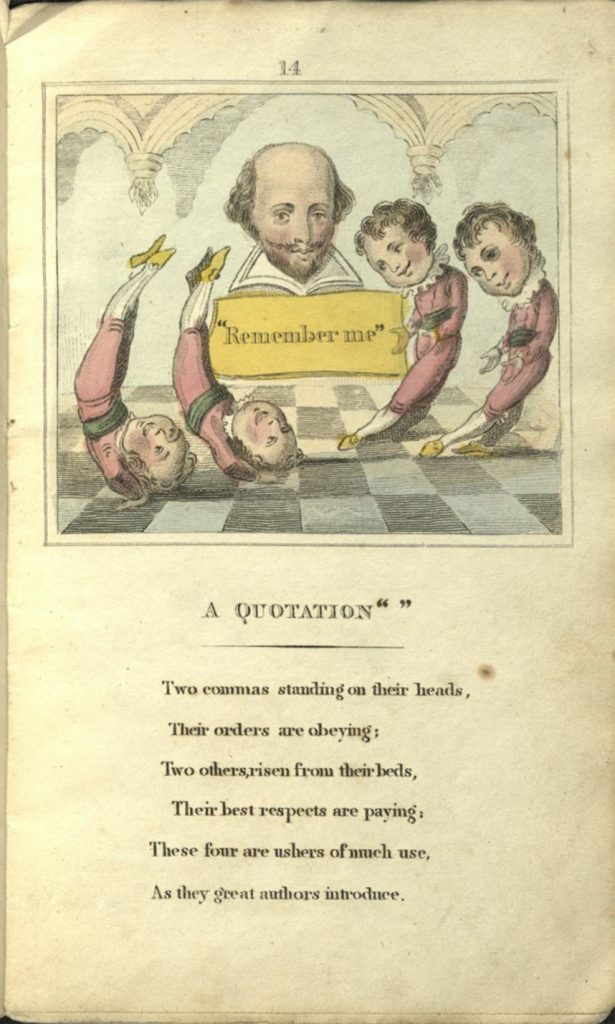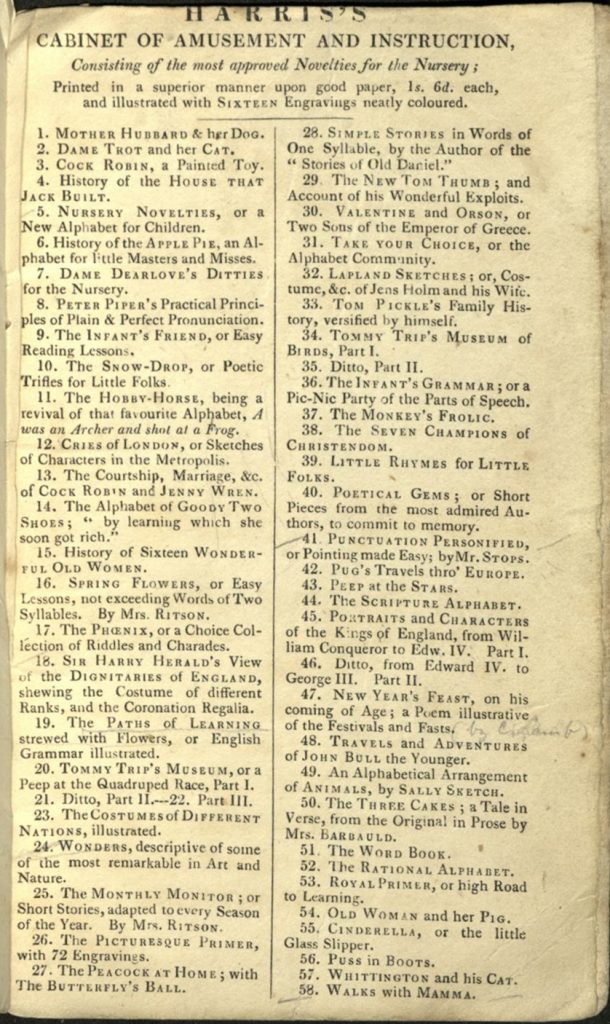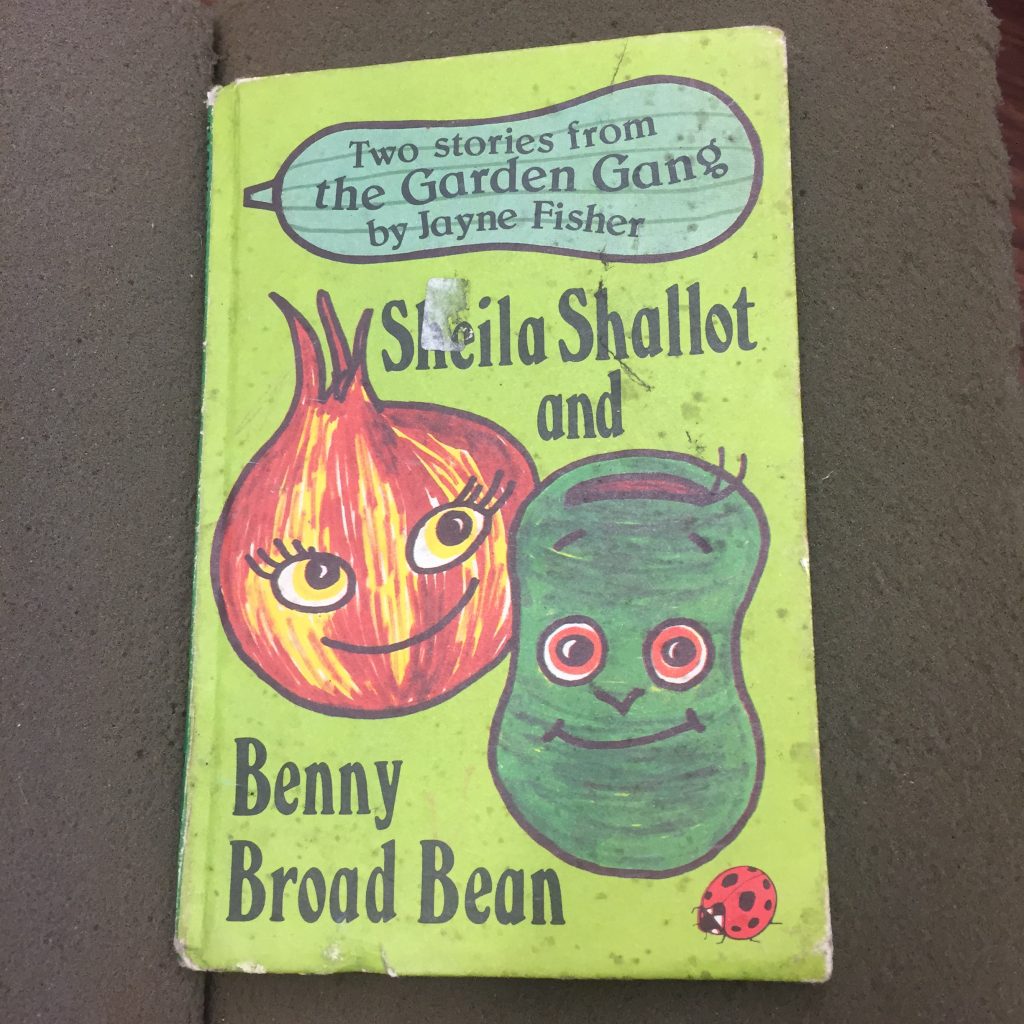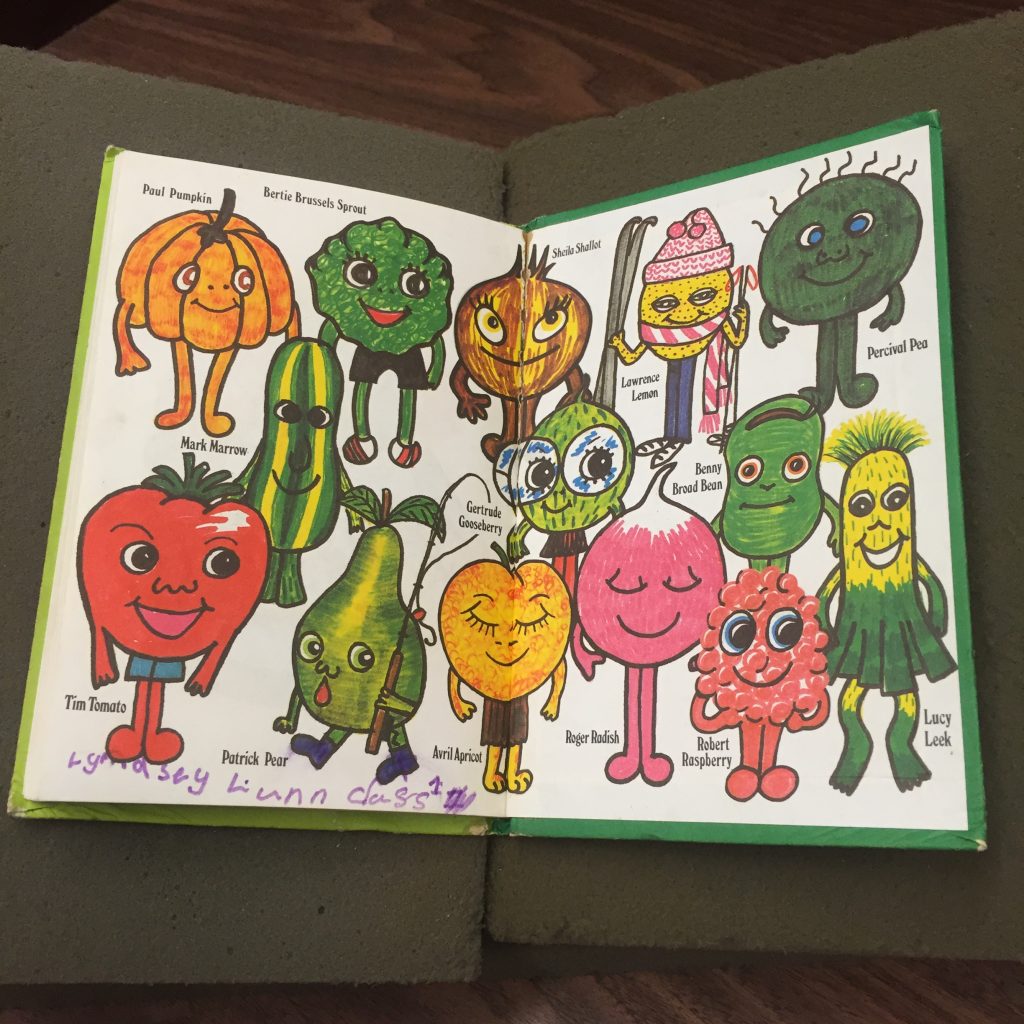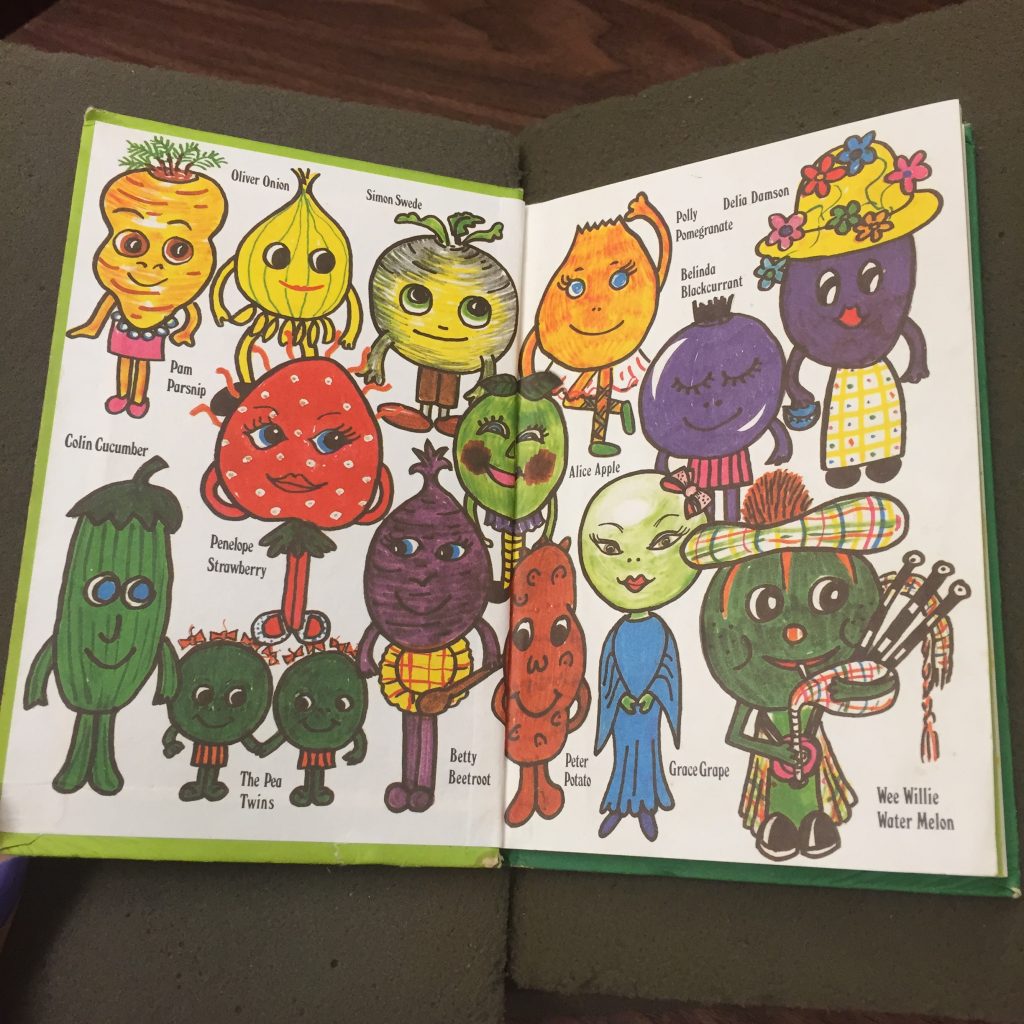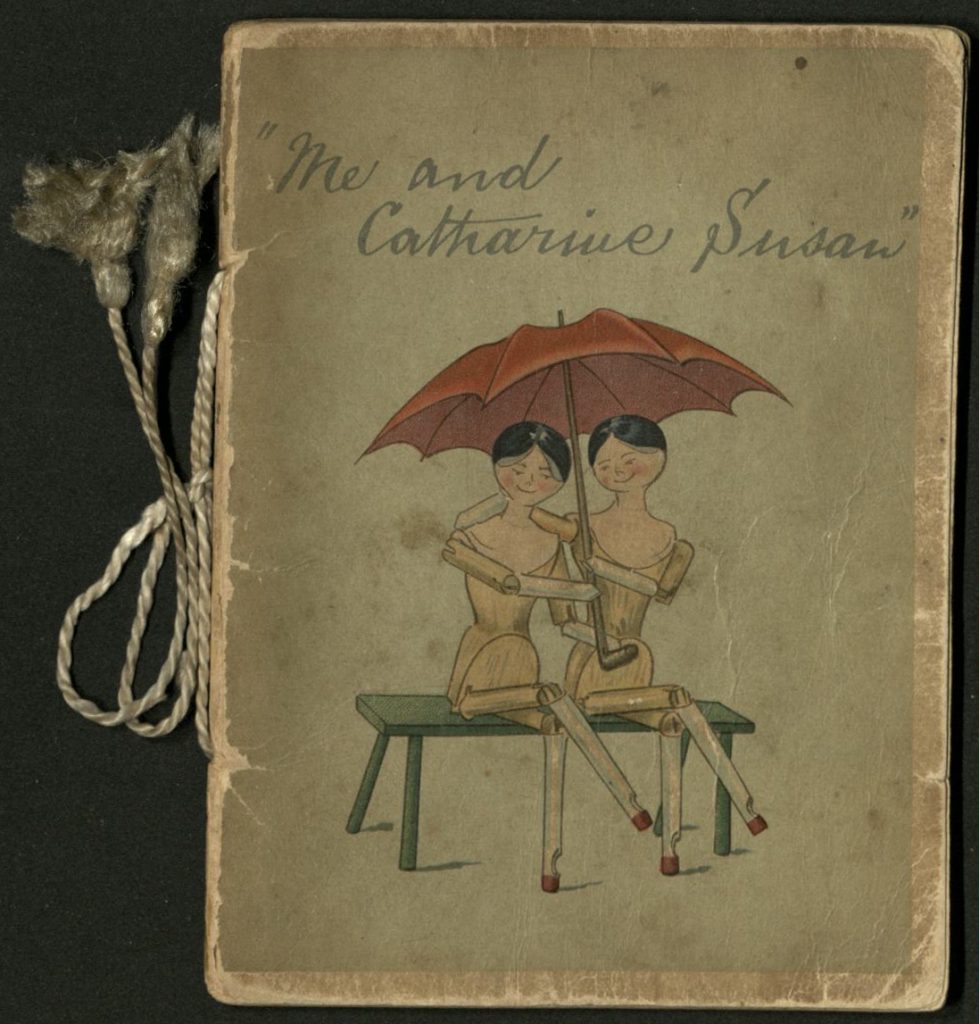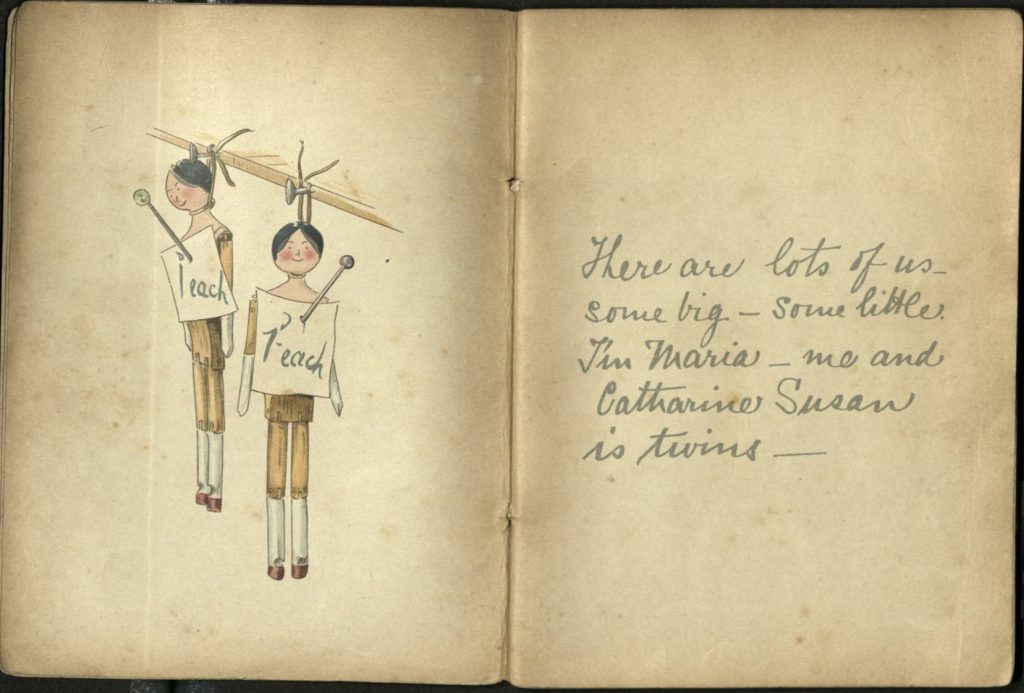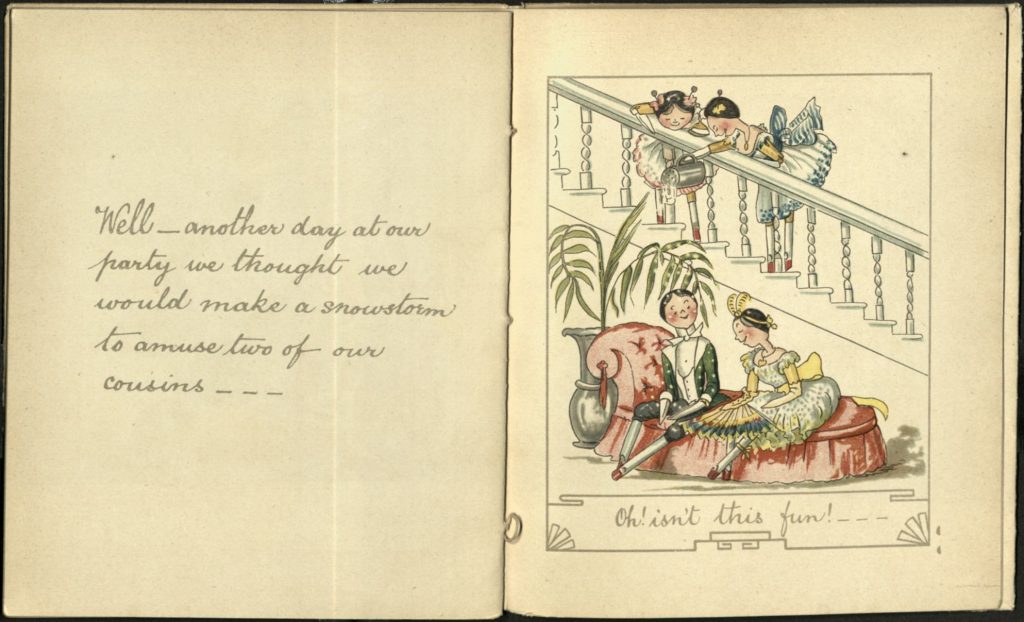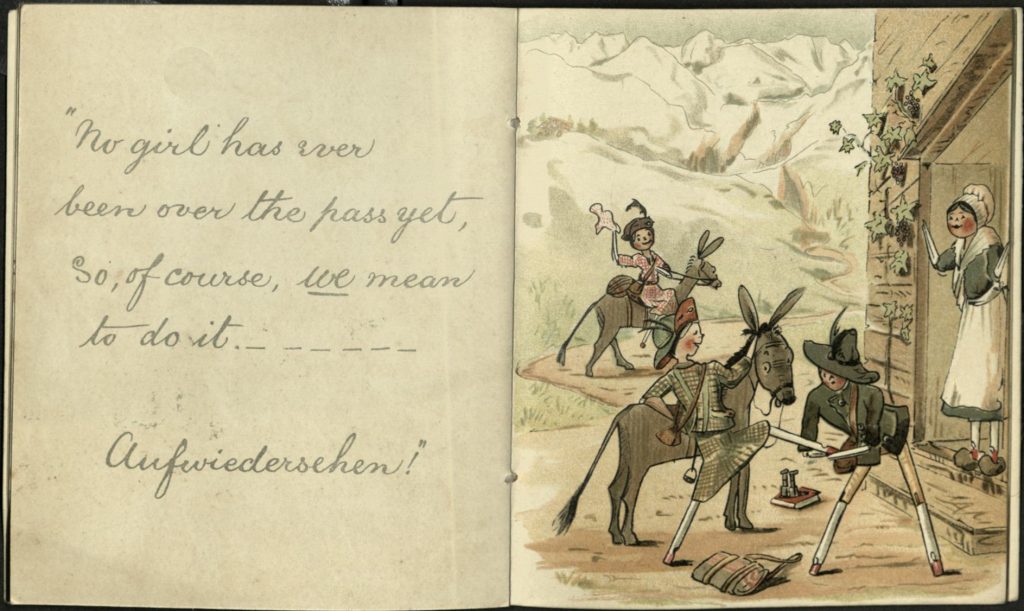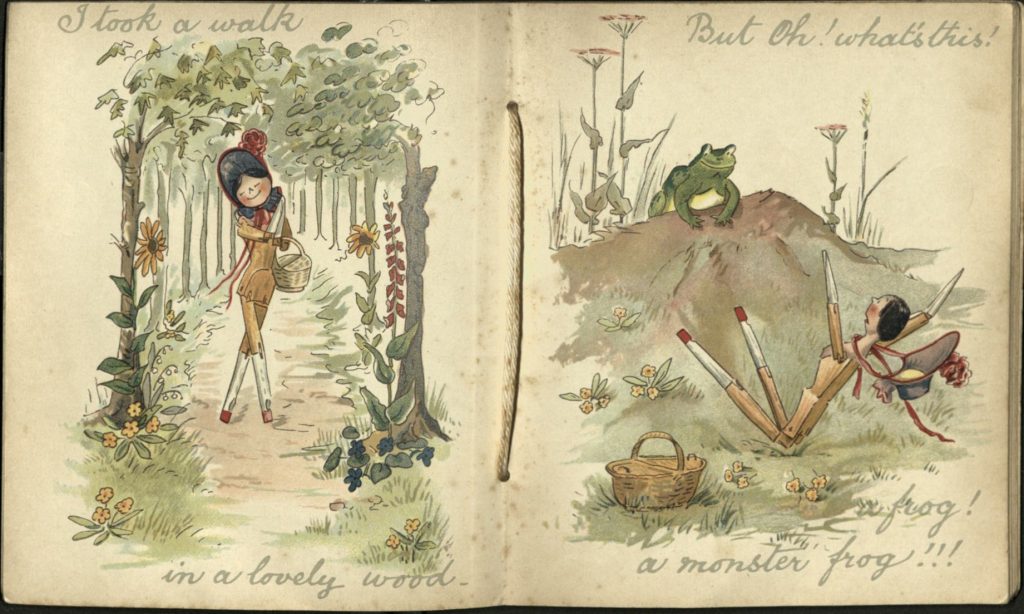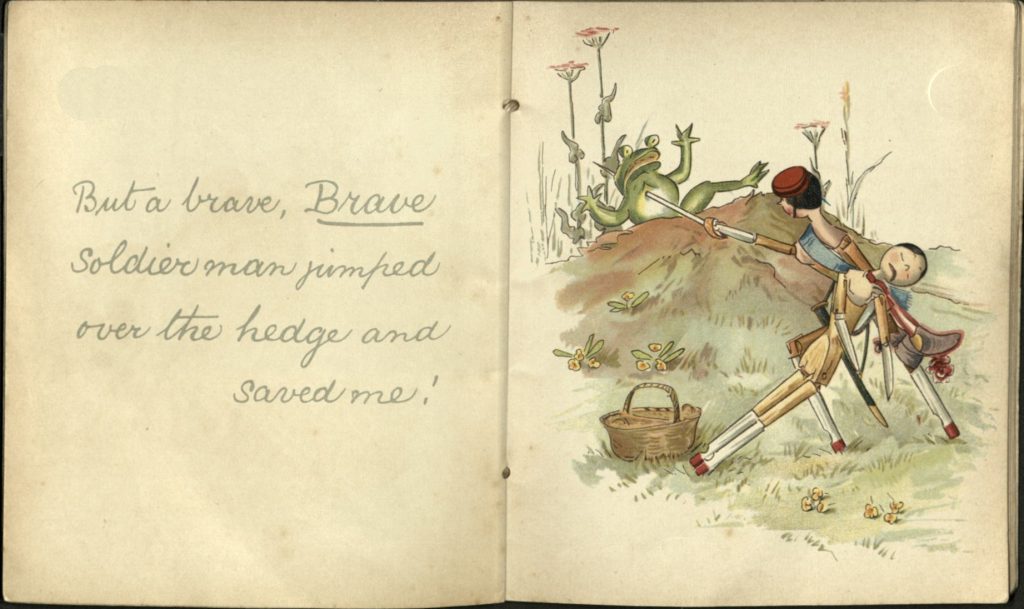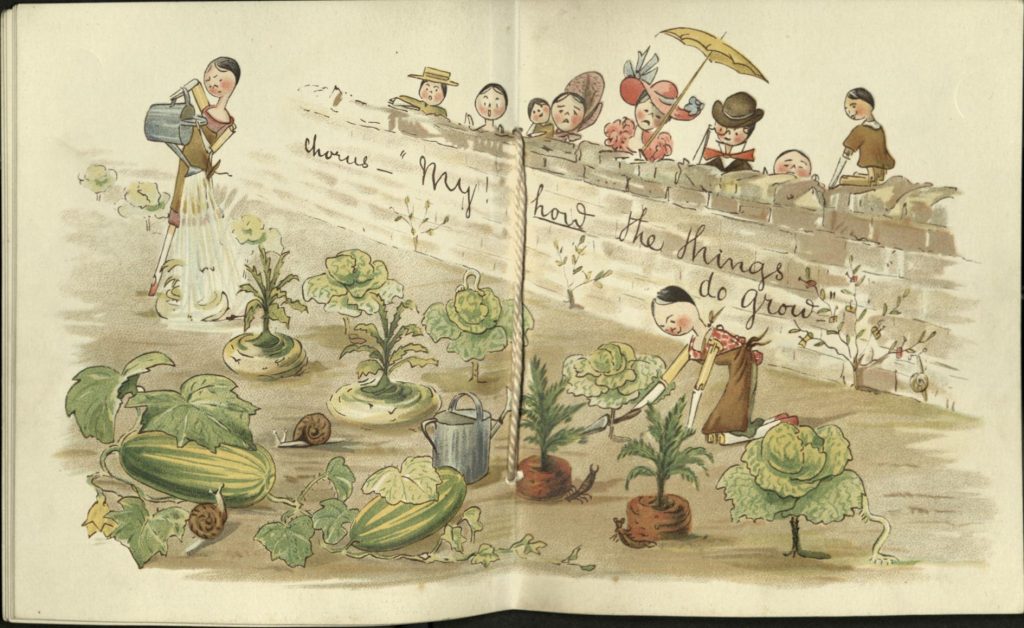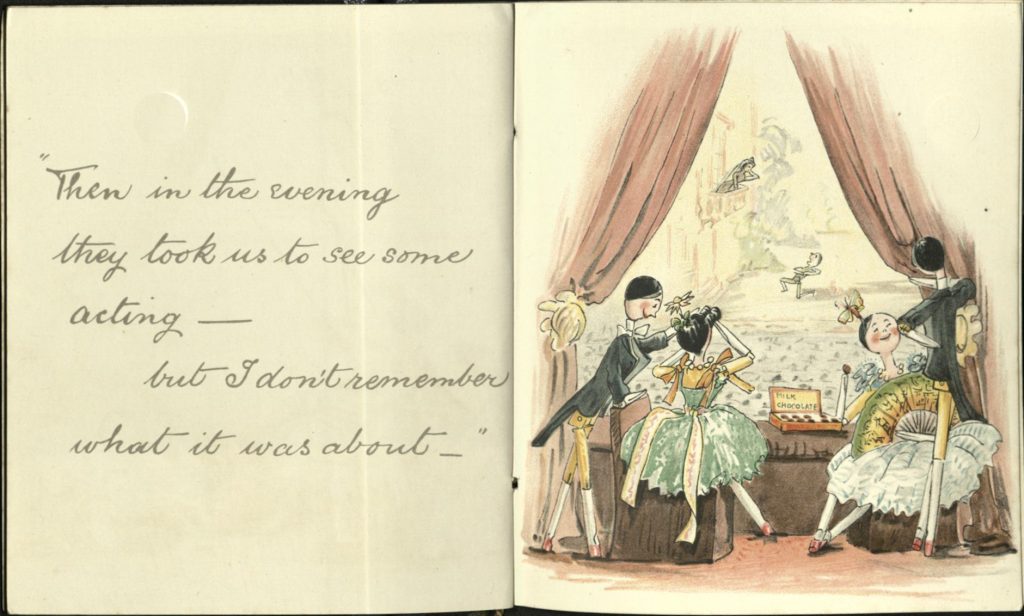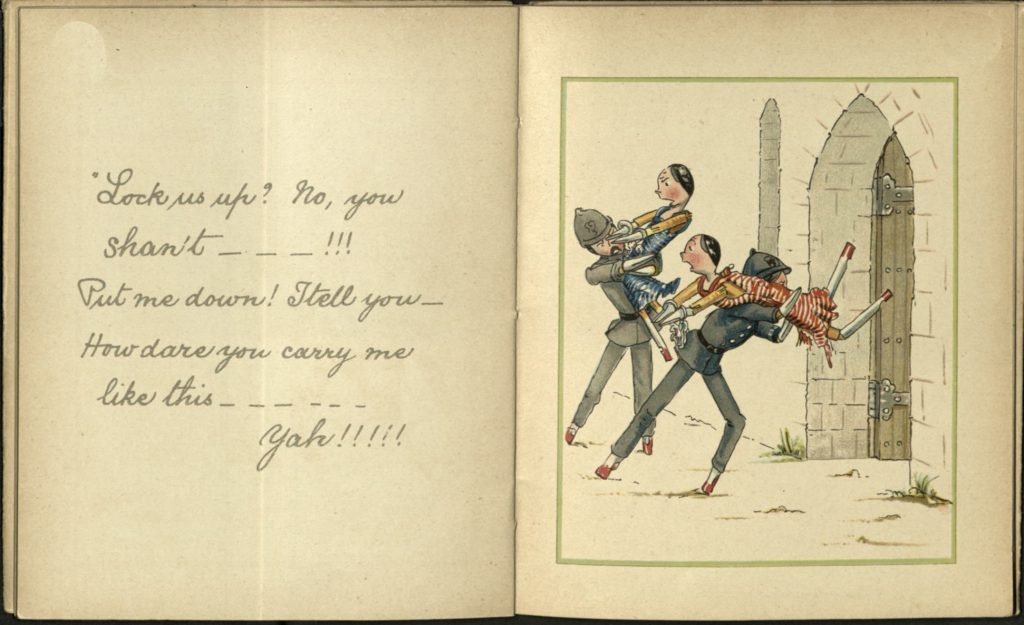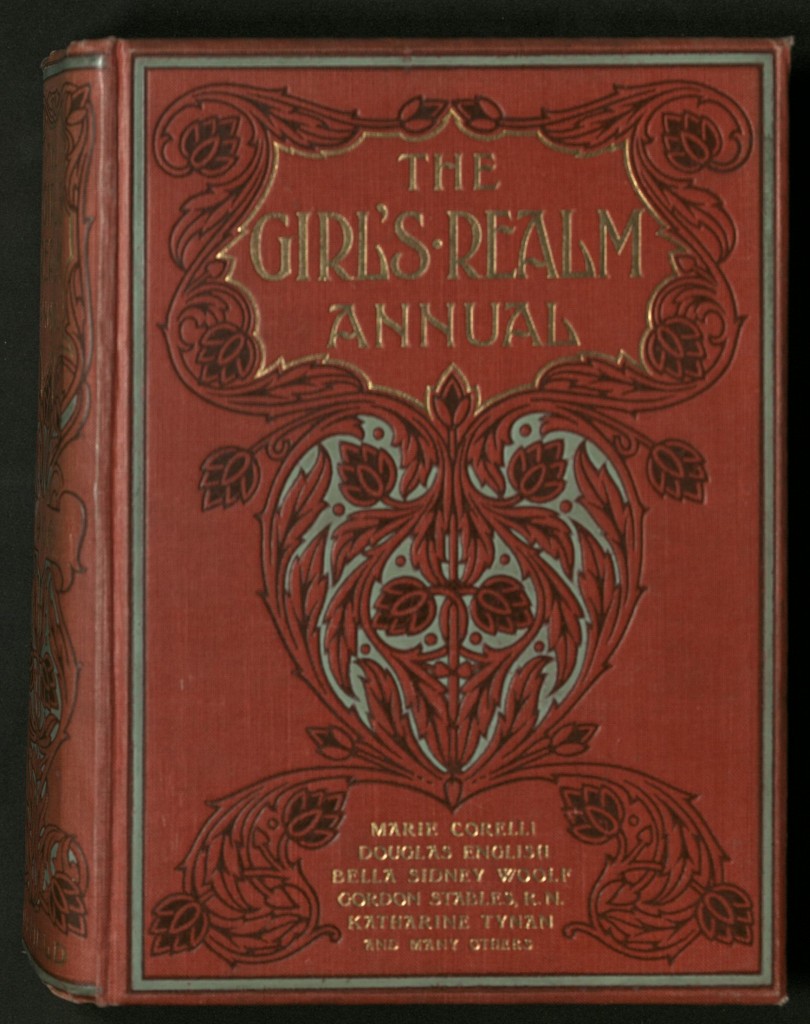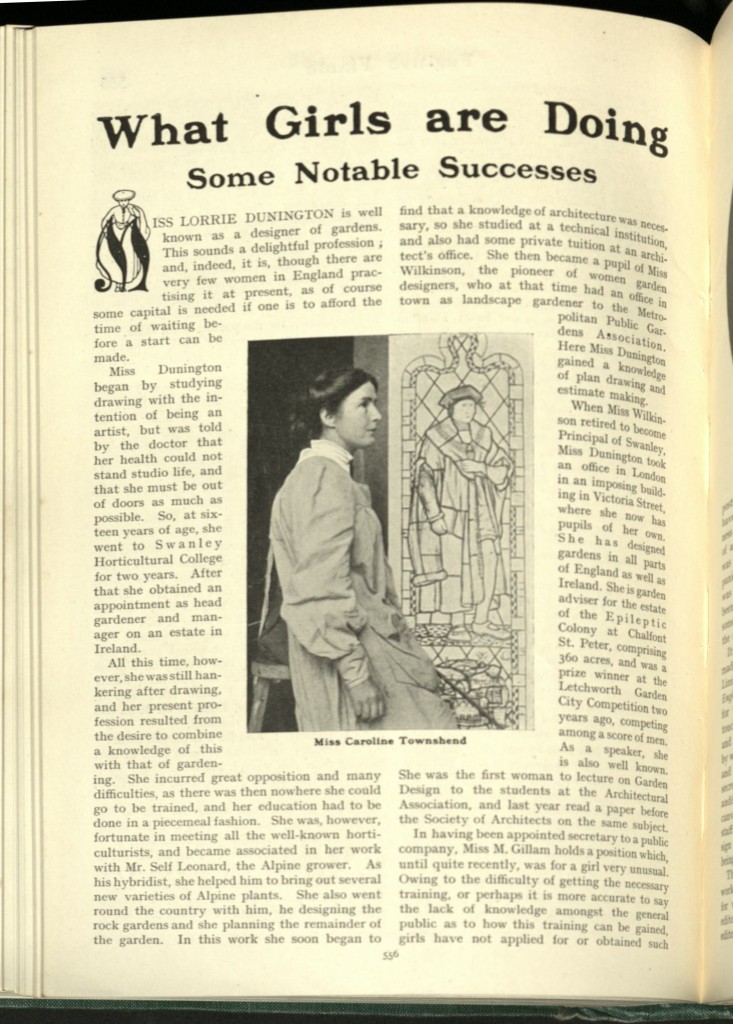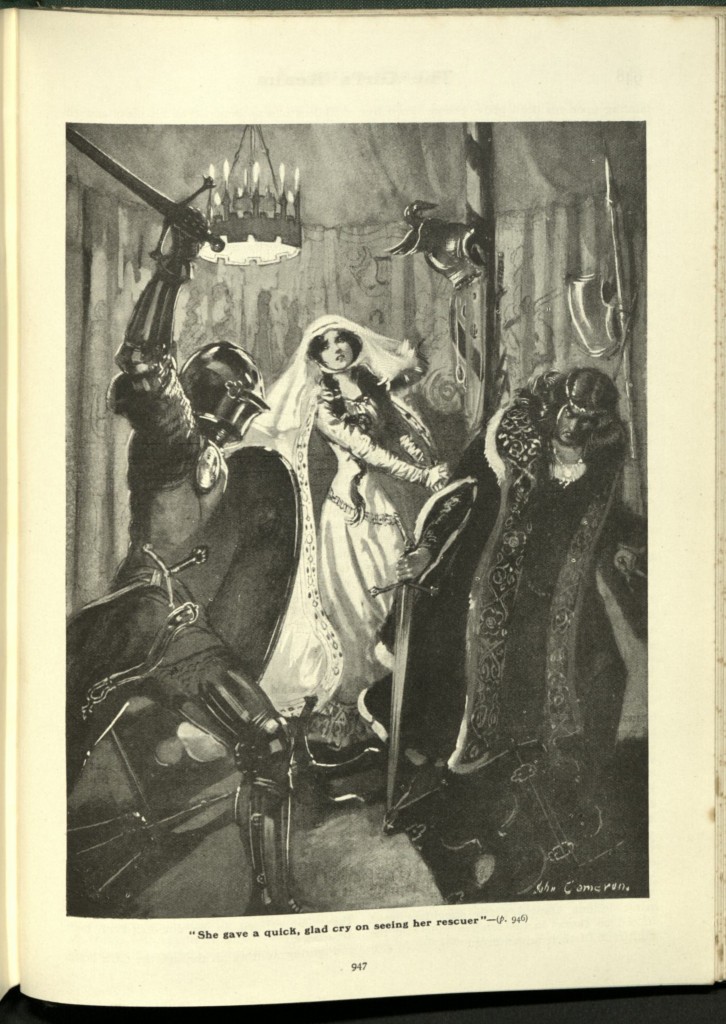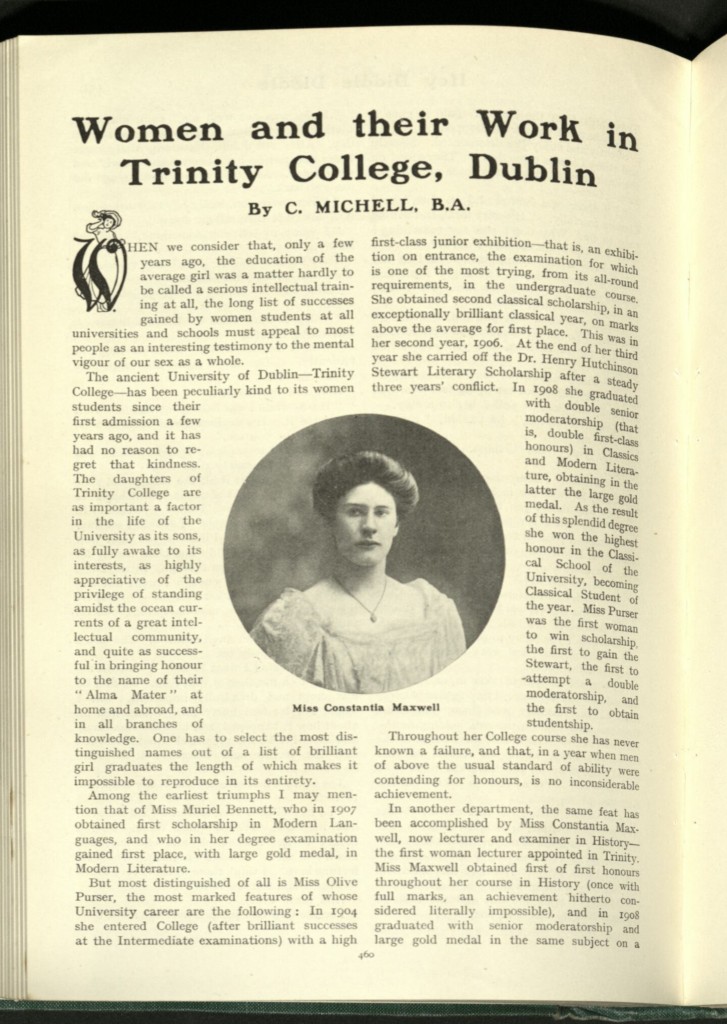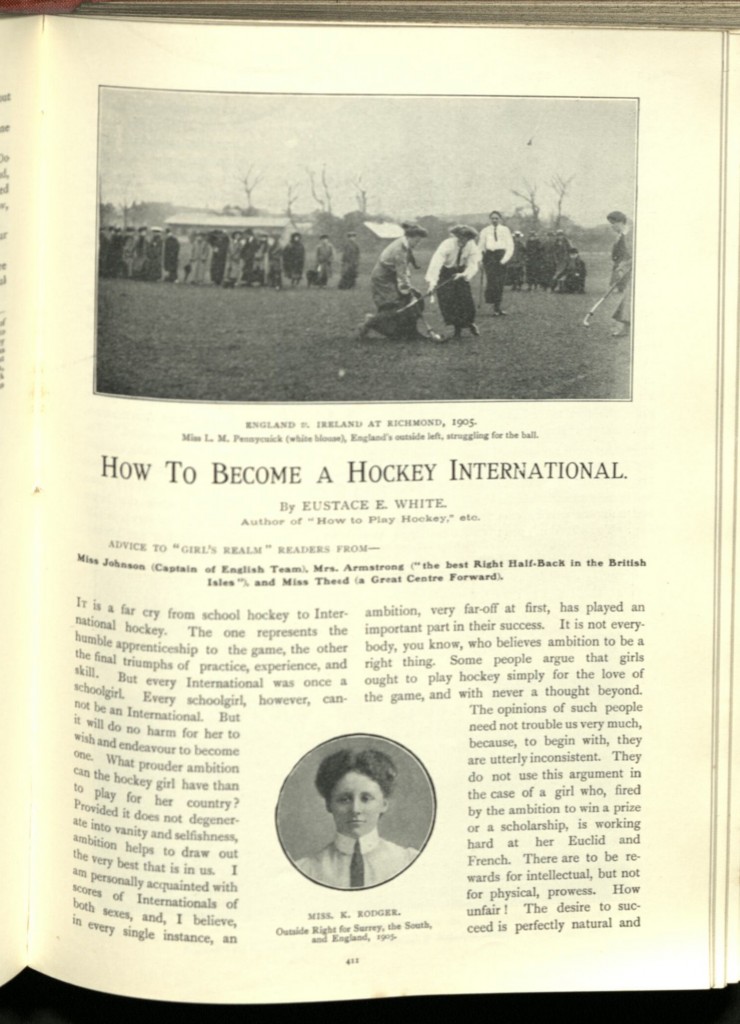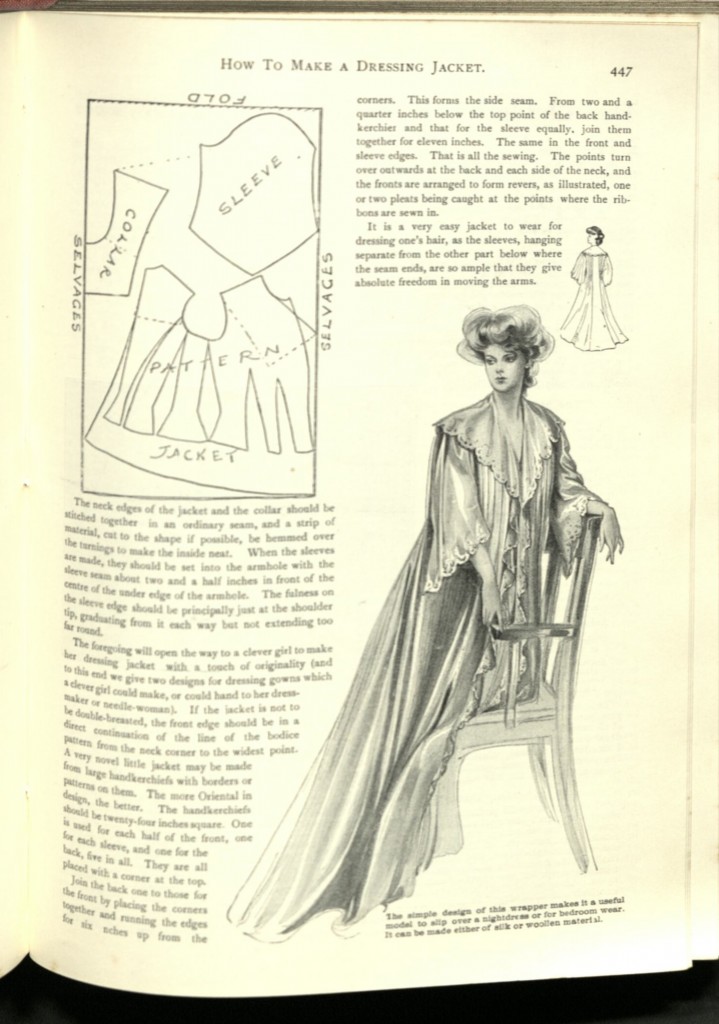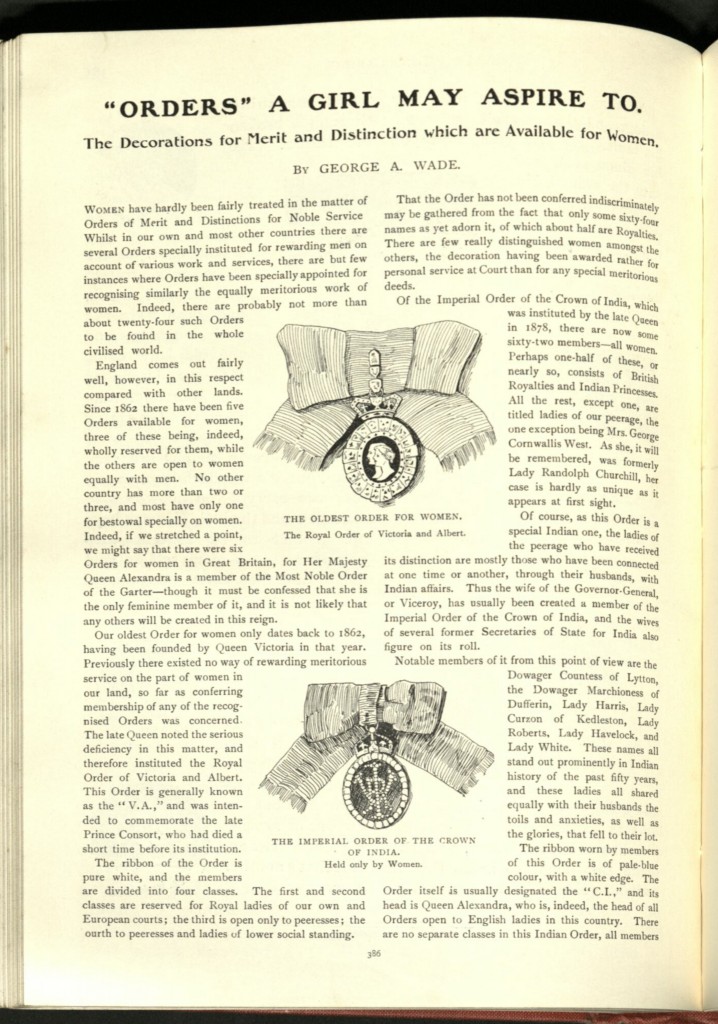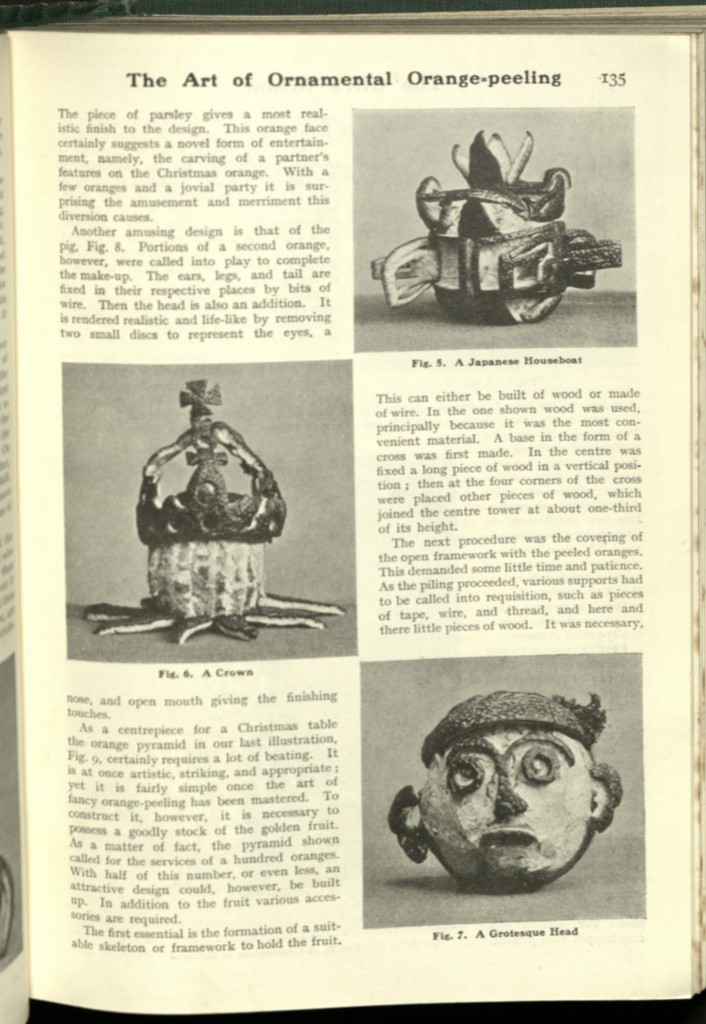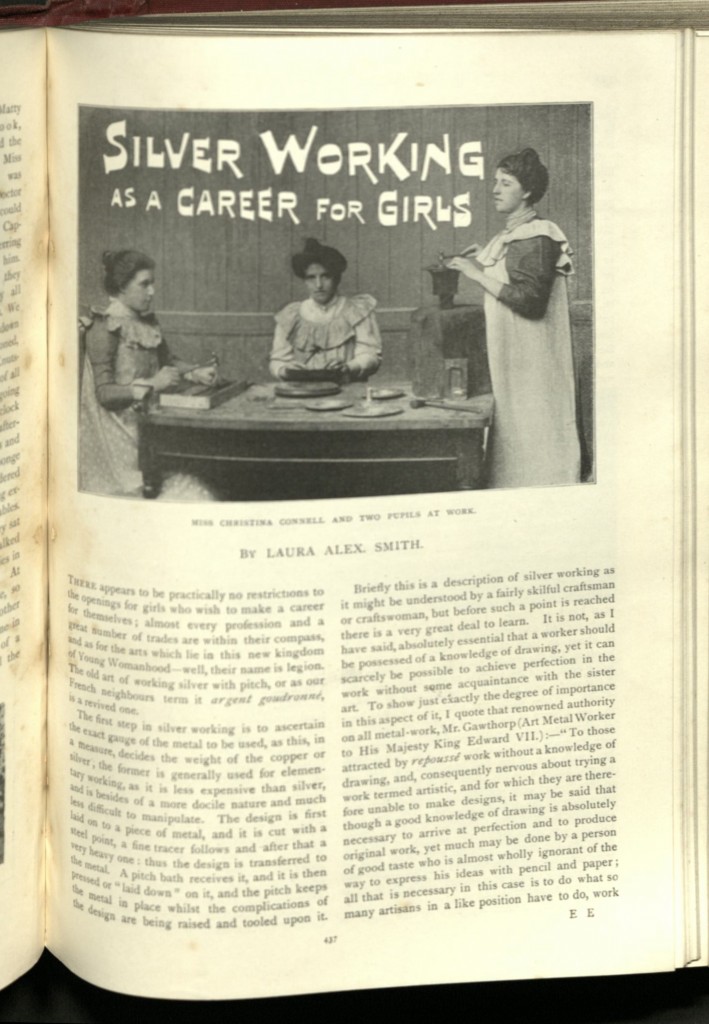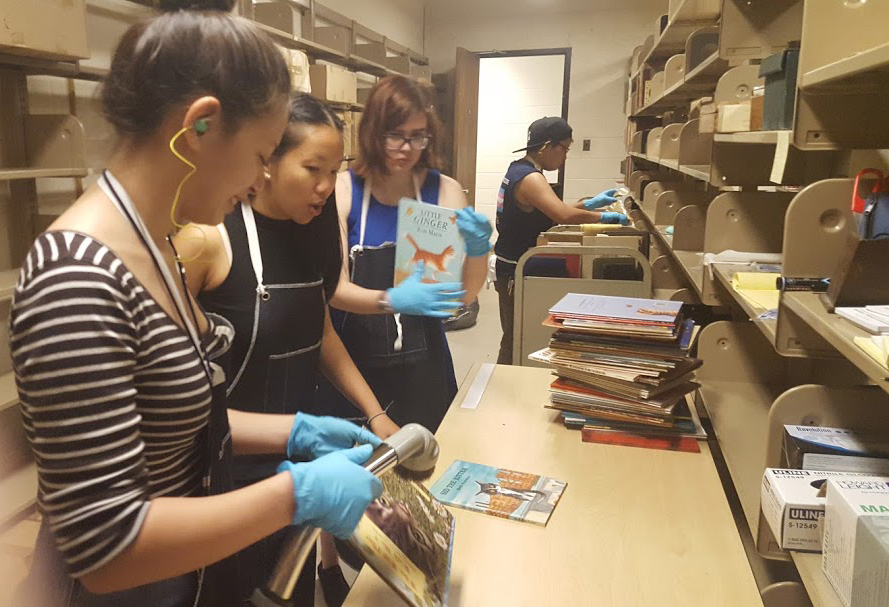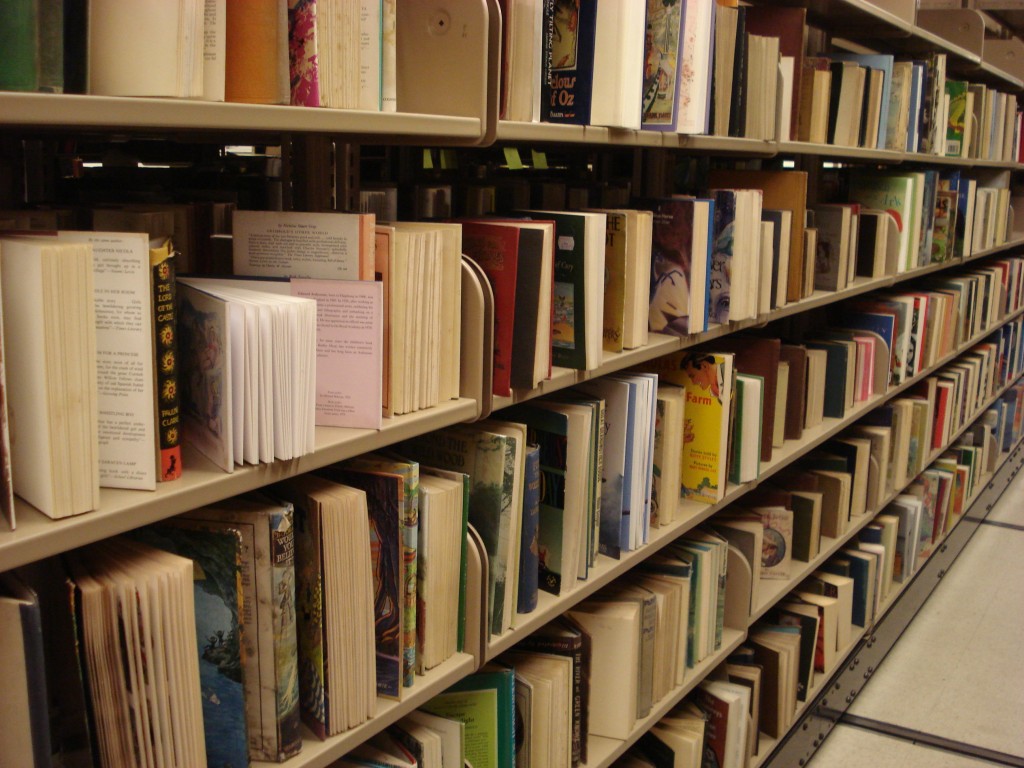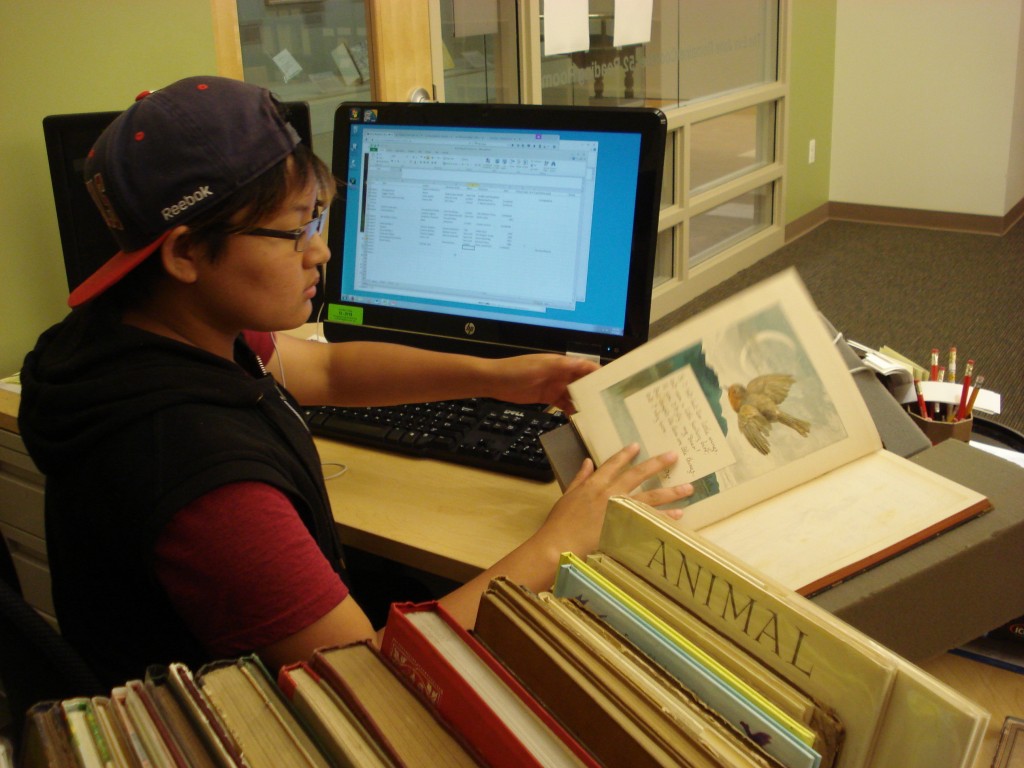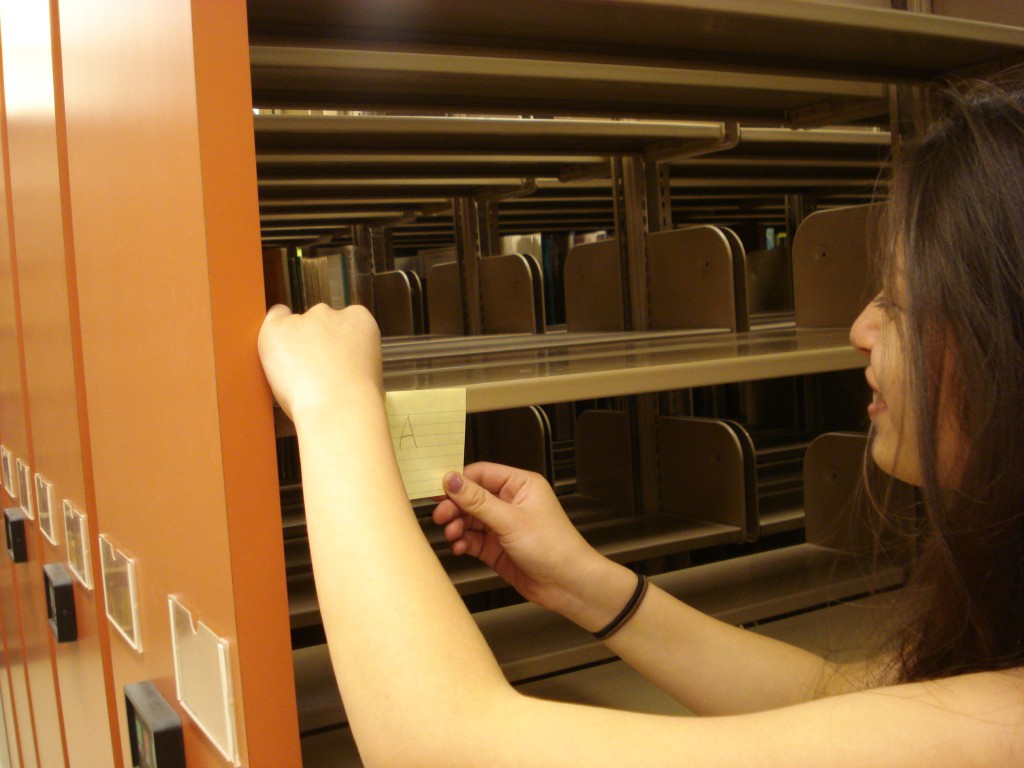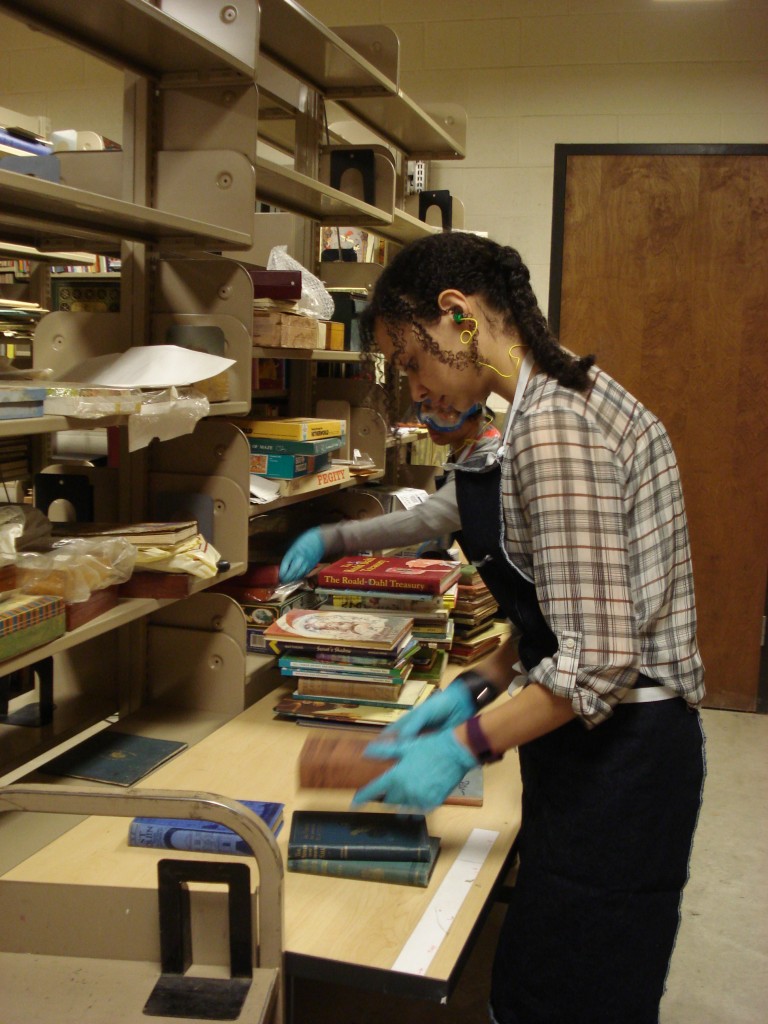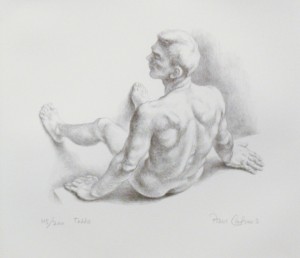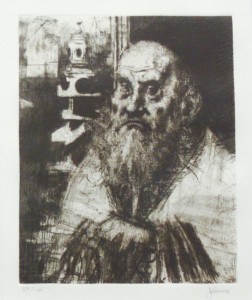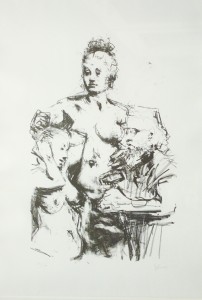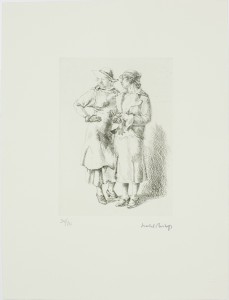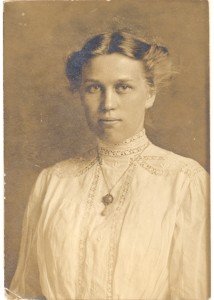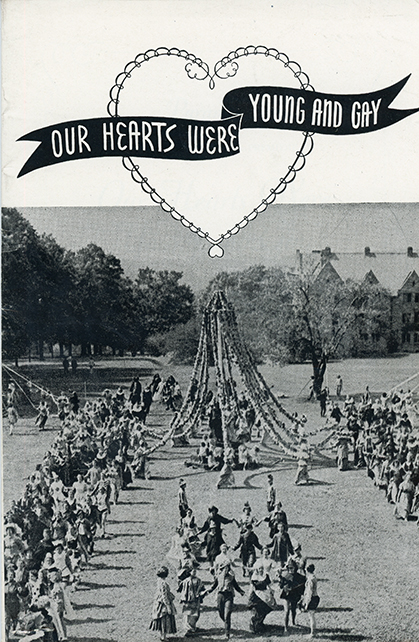So much of what was published for children and young adults was meant to instruct and inform. As we begin to explore our new collection, we find moralistic literature, solemn and sage. There is careful education, from ABC books through early readers containing only words of one syllable (usually with frankly dull subject matter). There are sensational warnings of destruction and damnation. And then there are cheery effusions of erudition that delight as they instruct.
‘Harris’s Cabinet of Amusement and Instruction’ was a series of books from the publisher John Harris, a pioneer in developing the educational book that was also fun to read. Among those books was Punctuation Personified or Pointing Made Easy, purportedly by Mr. Stops. (London: J. Harris & Son, c. 1824). This book tries to teach the use of punctuation marks, both in writing and in reading, with a combination of amusing and memorable images and a lilting poem. As an aid to meaningful expression, the poem suggests how many beats to pause in speaking for each type of punctuation.
The semicolon gets two beats, the colon three. Although the rules have changed for the use of these marks, the relationship between them is familiar.
The exclamation point, like other symbols that mark the end of a sentence, gets four.
The slippery apostrophe slides into the place of a letter,
… and the quotation marks evoke greatness.
Other books in the series included well-known poems and stories, nature, travel, astronomy, and history.
Special Collections has digitized this book and you can read the entire thing on the Internet Archive at https://archive.org/details/PunctuationPersonified .
- Marianne Hansen, Curator for Rare Books and Manuscripts

